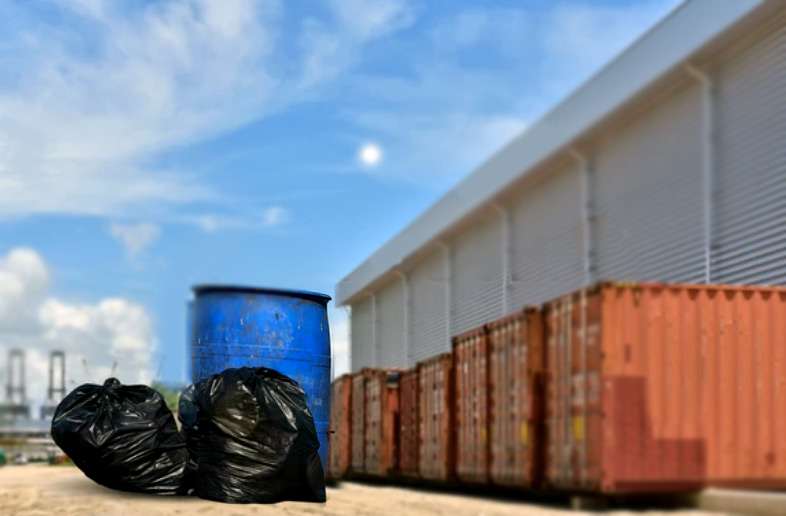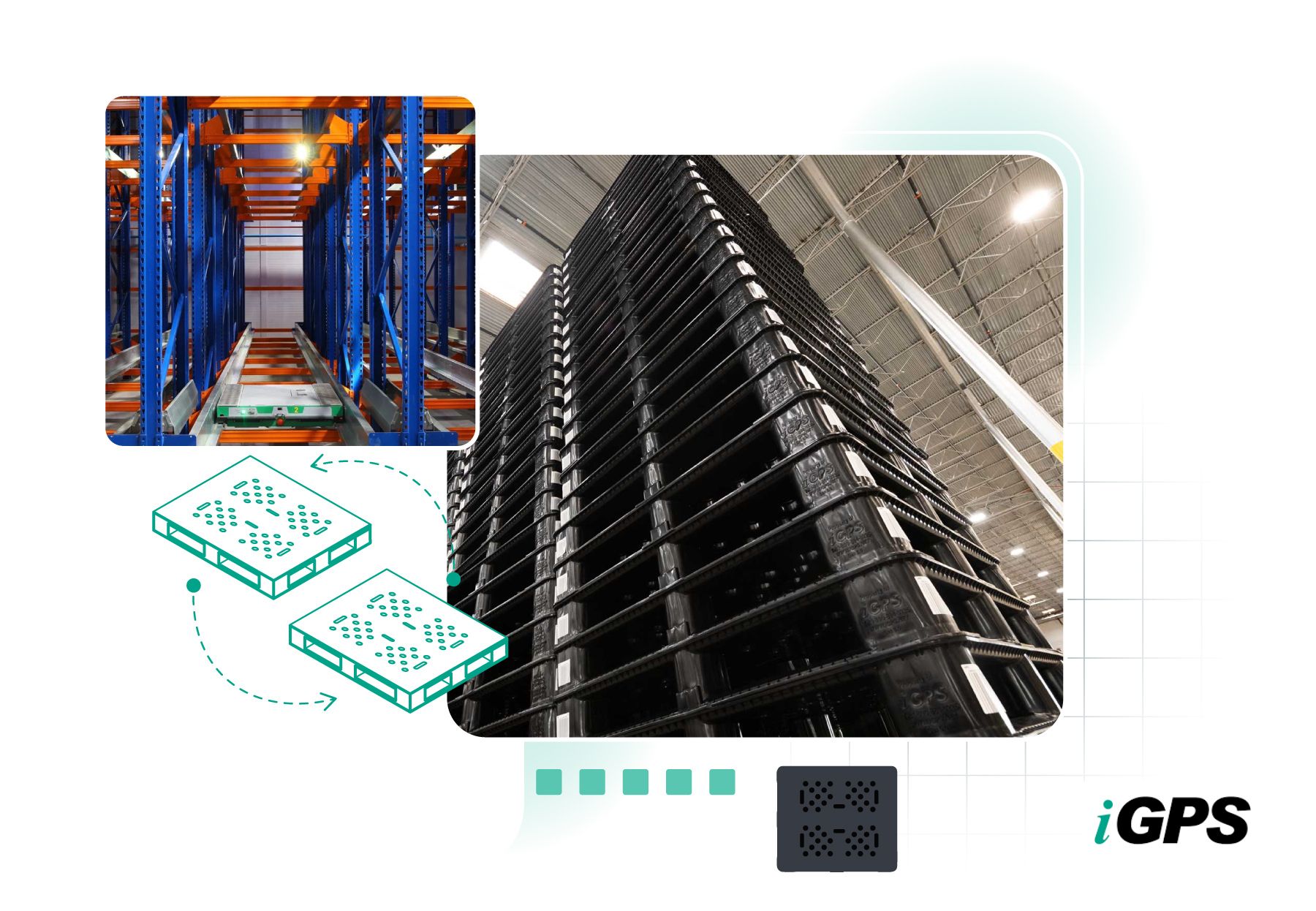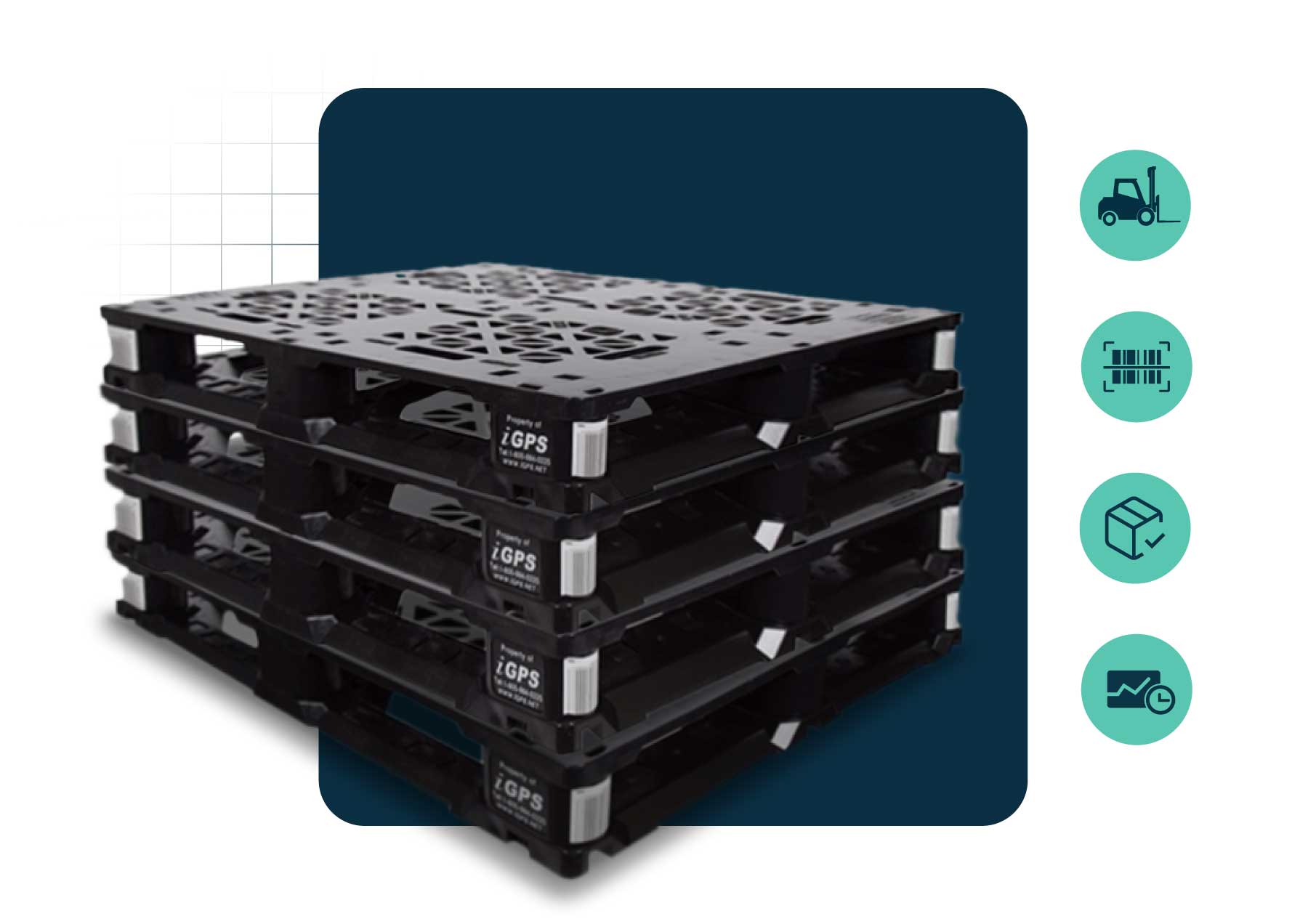Key Takeaways
- It is essential for supply chain managers to find effective ways to dispose of waste, but also to prevent it from entering the waste stream.
- This mindset involves reexamining how we design, source, package, and transport goods.
- Creating smarter and more sustainable packaging and dunnage is one important step in the process.
- Designing products and systems for circularity; for example, using recyclable materials; is also important.
- Operational waste is a hidden type of waste but can be just as harmful.
- Ultimately, effective waste reduction approaches must be built into an organization’s culture and supported at all levels of the organization.
Given that the largest portion of an enterprise’s carbon footprint is generated by its supply chain, it is essential for supply chain managers to identify effective ways not only to dispose of waste efficiently, but also to prevent it from ever entering the waste stream in the first place. The true cost of generating waste isn’t limited to disposal fees. It is measured in greenhouse gas emissions, regulatory and reputational risk, and missed opportunities for operational efficiency.
The most effective waste management strategies begin upstream, and that means reexamining how we design, source, package, and transport goods across the entire continuum of the supply chain.
The Upstream Opportunity
Effective waste prevention begins long before a product reaches a fulfillment center or loading dock. It starts with smart decisions about product and packaging design, shipping assets, materials selection, and supplier collaboration.
Consider packaging, which once was treated as a secondary concern after a product’s manufacture is complete Yet packaging accounts for a significant portion of a product’s waste footprint, especially if it’s bulky, hard to recycle, or reliant on excessive dunnage to protect the product. Companies that prioritize right-sizing of packaging and smarter material use can reduce both their waste and their shipping costs.
The mindset of eliminating waste before it appears requires a proactive approach, with sustainability built into procurement and logistics planning from the outset.
Smarter Packaging and Materials
Among the most practical and tangible ways to reduce waste is through packaging innovation. Supply chain leaders are addressing overpackaging and excessive packaging waste through a variety of best practices:
- Minimizing packaging and dunnage through right-sizing technology and engineering reviews that cut down on excess.
- Switching to recyclable and biodegradable materials, including molded pulp, mono-material films, and compostable alternatives.
- Educating consumers on proper disposal or recycling of packaging.
This approach doesn’t simply find better end-of-life outcomes for packaging; it also prevents excessive use of unnecessary materials that later end up in landfills — or worse, polluting the natural environment.
Designing Products and Systems for Circularity
Packaging isn’t the only culprit when it comes to generating waste. The traditional linear approach to the product lifecycles — design, produce, sell, discard, repeat — generates massive amounts of trash. Many supply chain managers are addressing this by moving toward circular models in which products, components, and materials are kept in circulation as long as possible.
Effective design for circularity involves:
- The selection of modular designs that allow parts to be replaced or upgraded.
- Using recyclable or biodegradable materials.
- Designing easier ways to disassemble products for repair, refurbishment, and recycling.
This isn’t a theoretical future shift. Companies in verticals that include electronics, apparel, and consumer packaged goods have already built reverse logistics systems that reclaim used products and reintroduce components into the supply chain. The result? Less landfill waste, lower raw material costs, and more resilient, streamlined operations.
Hidden Costs of Operational Waste
Beyond physical waste, like packaging and leftover scrap from manufacturing, inefficiencies in forecasting, production, and inventory management create yet another variety of waste — one that is less visible but equally harmful to the organization and even to the environment.
Excess inventory production, expired goods, and inadequate demand planning can lead to mountains of unsold stock. Meanwhile, transportation waste, such as inefficient route planning or excess dead legs, drives up emissions and costs.
To mitigate these issues, supply chain managers are increasingly incorporating just-in-time delivery models that reduce overproduction and storage waste, as well as artificial intelligence and advanced analytics that improve forecasting. Lean methodologies that target inefficiencies, reduce defects, and eliminate unnecessary manufacturing and logistics steps also make a big positive impact.
Reusability and Sustainable Assets
Among the most overlooked area for waste reduction involves rethinking the assets that make supply chains run — from the pallets that carry goods to the containers they are shipped in.
For example, RFID-equipped plastic pallets, such as those produced by iGPS Logistics, offer a compelling alternative to wood. While wood-block pallets are prone to moisture absorption, contamination, and splintering, plastic pallets are:
- Lighter, which significantly reduces fuel consumption and carbon emissions in transit.
- More durable, with iGPS pallets able to withstand 100 trips through the supply chain, about four times as many as wood (actual, not just lab-tested).
- Sanitary and weather-resistant, which are especially critical features in highly regulated industries like pharmaceuticals and food.
- Fully recyclable into new high-quality pallets at the end of their lifespans.
Reusable containers, bins, and dunnage systems offer similar benefits. In closed-loop or regional supply chains, sound investments in returnable and recyclable packaging can drastically reduce single-use waste and improve handling efficiency.
Culture, Metrics, and Accountability
Effective waste reduction in the supply chain is a function of organizational culture. A supply chain committed to sustainability requires alignment across departments, up to and including corporate leadership. This approach also necessitates strong, measurable metrics and accountability mechanisms. Strong best practices include:
- Embedding company-wide waste reduction targets into KPIs and performance reviews.
- Training internal teams on sustainable practices across procurement, operations, and logistics.
- Engaging third-party suppliers through shared goals, audits, and collaborative improvement plans.
- Transparent reporting on waste reduction metrics as part of ESG disclosures and corporate responsibility reports.
When sustainability is embedded in the fabric of how an organization’s workers think and behave, and not just what they measure, progress accelerates. Ultimately, waste is a symptom of inefficiencies within the system. By addressing these issues systematically and proactively, supply chain leaders are poised to unlock long-term value, reduce costs, and create more resilient operations. Whether it’s choosing more sustainable materials, investing in durable assets like iGPS plastic pallets, or reengineering logistics work flows, the opportunities for success are real and measurable.
Frequently Asked Questions
How can managers reduce waste in the supply chain?
Managers can reduce waste by making upstream decisions that prevent waste before it occurs. This includes minimizing packaging, selecting recyclable or reusable materials, optimizing transportation routes, and investing in durable assets. They can also improve forecasting and inventory management to avoid overproduction and obsolescence.
What are the key types of waste of the supply chain?
Key types of waste include excess packaging, unused or expired inventory, inefficient transportation, product defects, and wasted labor or time due to poor process design. Each of these contributes to financial loss and environmental impact, and they often go unnoticed without proper tracking and process evaluation.
What is an example of a waste reduction strategy?
A practical waste reduction strategy is switching from wood pallets to durable, recyclable plastic pallets. These reduce breakage, lower shipping weight, and last significantly longer, leading to fewer replacements and less material waste. This change improves both operational efficiency and environmental sustainability across the supply chain.
Companies focused on reducing waste in their supply chain operations rely iGPS plastic pallets for their shipping needs. iGPS pallets are lighter, greener, and more durable than wood. For more information, contact us at 1-800-884-0225, email a specialist at switch@igps.net, or visit our contact page.



